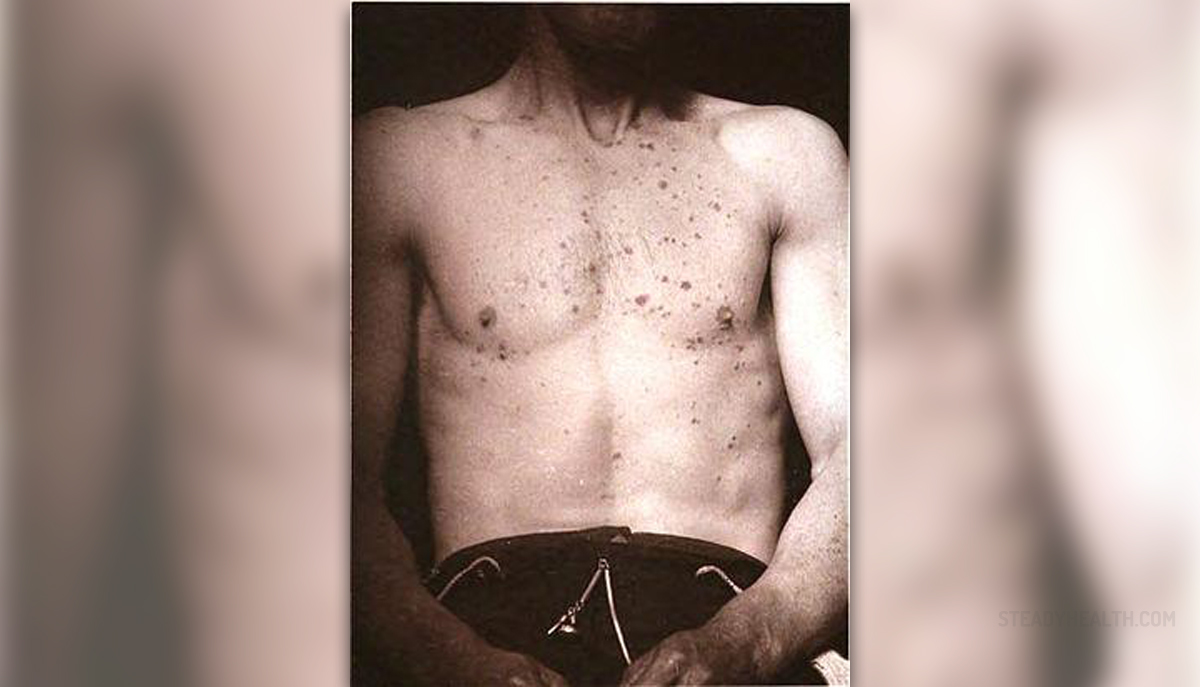
Lichen planus is an inflammatory skin condition. Apart from affecting the skin lichen planus also occurs on mucous membranes. While skin lesions occur in a form of purplish, itchy and flat-topped bumps, lesions that affect mucous membranes develop in a specific patter, as lacy white patches or sores both of which are commonly painful.
Clinical Characteristics of Lichen Planus
There is a variety of symptoms and signs of lichen planus depending on the body part affected by the condition.
In lichen planus of the skin patients develop purplish and flat-topped bumps. These skin lesions predominantly form on the inner forearm and around the wrist or ankle. The skin lesions develop along skin creases, may be separated or in clusters. The affected skin is itchy. Crusting, scabbing, blistering as well as scarring do not occur very often.
Lichen planus of the mouth develops on the inside of cheeks as fine patches of lacy white lines. There may also be white dots or sores (ulcers). These lesions are very painful.
If the condition affects genital area, it most commonly occurs at the tip of the penis while in women lesions develop on the vulva and the inner lining of the vagina.
Lichen planus may also affect the scalp and the nails. In such case a person may suffer from temporary or even permanent hair loss and the nails become thin with ridges running the length of the splitting nails.Causes and Complications of Lichen Planus
The actual cause of lichen planus remains unknown. However, the condition is closely connected with some other diseases such as Hepatitis C and B or it can be triggered by some flu vaccines, allergens, tattoo pigments or some medications (most commonly NSAIDs).
Suffering from lichen planus increases the risk of developing squamous cell carcinoma (skin cancer), oral carcinoma, penile and vulvovaginal carcinoma. Some patients have to face excessive scarring particularly if skin lesions occur in the vulvovaginal area.Treatment and Prevention of Lichen Planus
In many cases lichen planus withdraws spontaneously within a period of a few months. However, it may linger for several years and need additional therapy to accelerate healing of skin lesions.
Corticosteroids are drugs prescribed to people suffering from lichen planus because they reduce inflammation. They are administered in a form of topical creams and gels or may be given orally. There are many side effect of both forms of corticosteroids and these should be taken into consideration when choosing the most convenient dose and deciding on duration of the treatment.
Apart from corticosteroids such patients may benefit from retinoids (again many side effects), nonsteroidal creams and ointments, antihistamines, phototherapy and UVA/UVB therapy.
Because the exact cause of lichen planus has not been identified yet, the condition simply cannot be prevented. However, in case the disease aggravates due to exposure to certain allergens or intake of some drugs, these potential triggers must be eliminated. Hepatitis C and B must be treated properly and if they are brought under control in some patients, even symptoms and signs of lichen planus may improve.



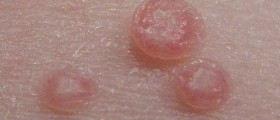
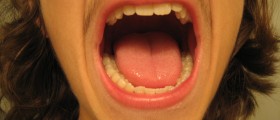






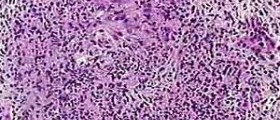

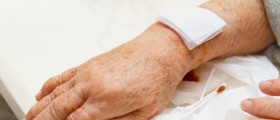
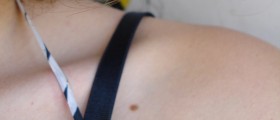
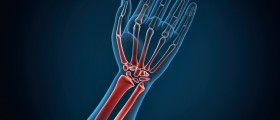

Your thoughts on this
Loading...